2018 in review: 8 big conservation stories
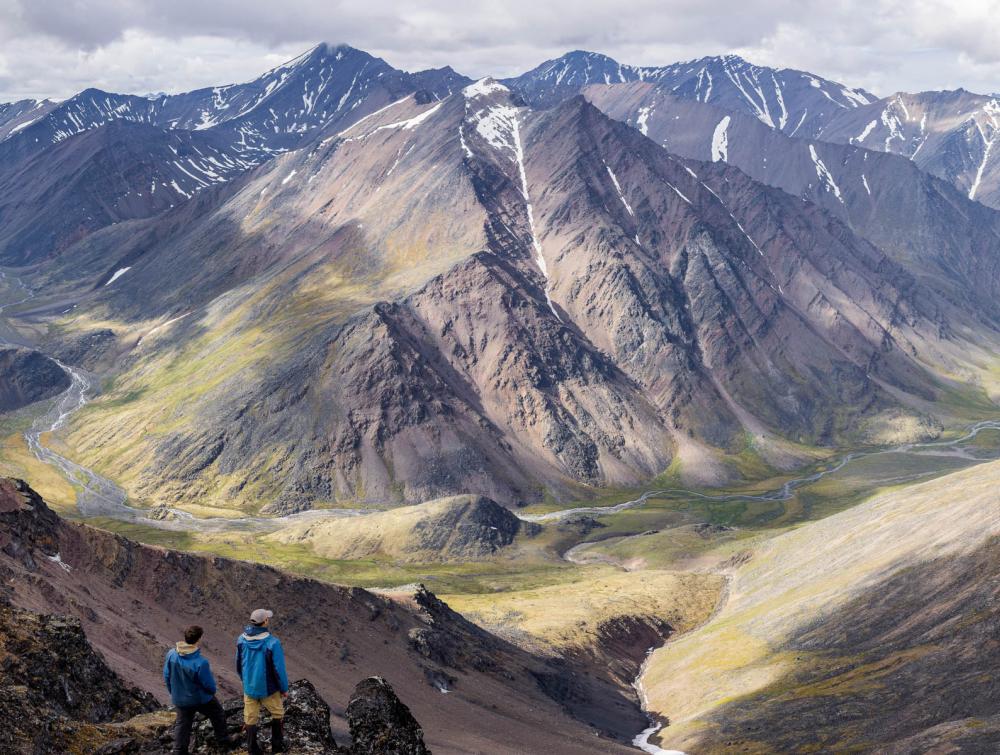
Arctic National Wildlife Refuge, AK
Ryan Gaspar
Year Two of Trump brings new threats and new allies
The year 2017 ended with us naming Donald Trump the worst president ever on conservation issues. In less than 12 months in office, Trump led the largest de-protection of public lands in history and managed to undermine years of progress on key climate change agreements and policies. Meanwhile, Congress was dominated by men and women bent on giving away our wildest lands to natural resource exploitation.
The year 2018 continued down the same destructive path with Trump and his friends working to solidify their anti-conservation efforts. But one thing differed this time: hope. With your help, we’ve been able to fight back against many threats facing our lands and waters. Perhaps most significantly, the midterm elections showed that Americans reject the anti-conservation Trump agenda.
Here’s the round-up of some of the biggest conservation stories from 2018.
1. Trump redraws the map with massive land grab
In Trump’s second year in the Oval Office, he and his allies ramped up efforts to sell massive swaths of our wild public lands to the fossil fuel industry and other special interests. Our analysis finds that Trump has offered nearly 95 million acres of public land and water for oil development and gas development, with much of that acreage ranking among the very “wildest” places in America. To aid his efforts, Trump stripped protections for 153.3 million acres of land and water, an area larger than California and Washington combined. Trump is already set to have a long-lasting impact on America’s landscape, and if we don’t stop him soon, the map itself could look very different a generation hence.
More: 7 maps show the scope of Trump's land grab
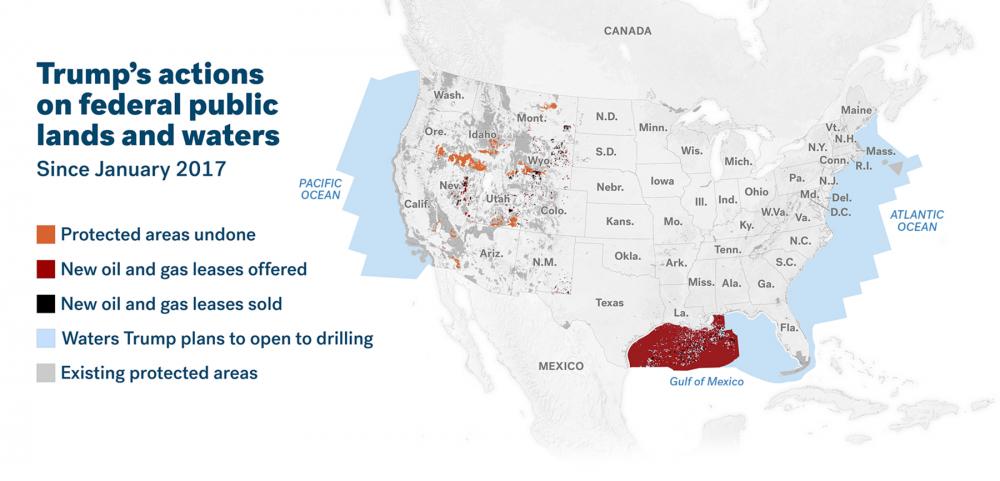
TWS
2. Midterm elections repudiate ‘energy dominance’ agenda
The 2018 midterm elections were a moment of political upheaval. The results in many congressional, gubernatorial and state-level races served as a major rebuke to the Trump administration’s reckless drill-everywhere agenda and its underlying climate denial philosophy. In 2019, for the first time in close to a decade, a pro-conservation majority will control the House of Representatives. We will work with incoming leaders to make sure they champion policies that reflect voters’ desire to protect shared public lands and waters for future generations.
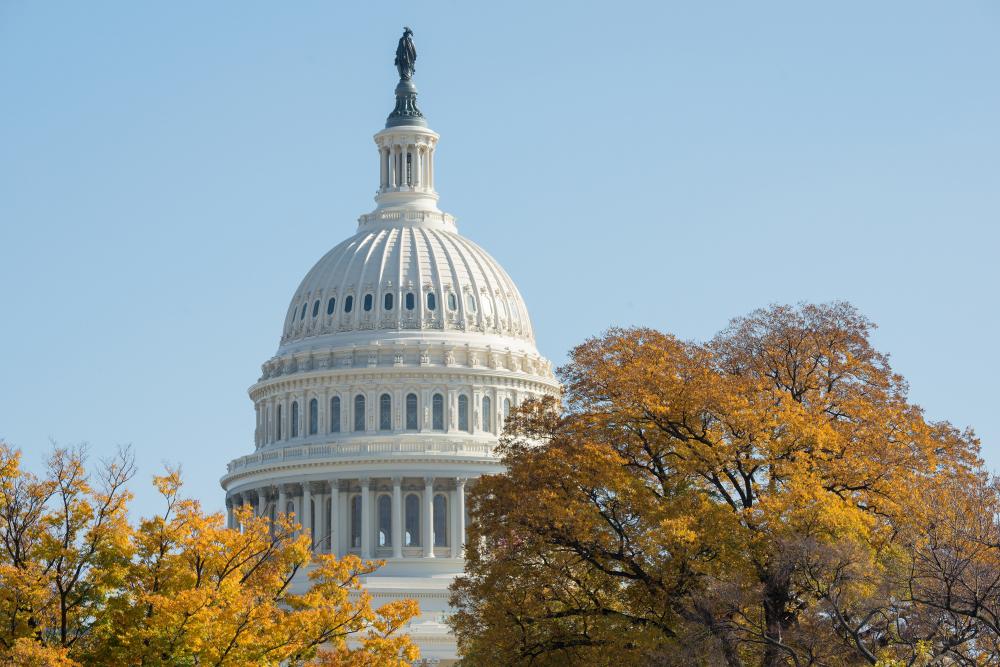
U.S. Capitol Dome in Washington, DC
Mason Cummings (TWS)
3. Arctic Refuge under unprecedented threat
In 2018, the Trump administration and anti-conservation members of Congress ramped up their efforts to open the coastal plain of Alaska’s Arctic National Wildlife Refuge to oil exploration, including by rushing an environmental review process meant to weigh threats to the landscape. This fossil fuel-friendly regime has sounded the death knell of the decades-old bipartisan consensus on the need to protect the Arctic Refuge, and now we’re locked in a fierce battle to protect one of the last truly unspoiled places on earth. Oil and gas drilling would have devastating impacts on the area’s fragile ecosystem and the indigenous Gwich’in people who call it home. Bipartisan conservation champs in Congress have introduced measures to protect the coastal plain as wilderness, and we are working with them to fend off threats to the region’s communities and wildlife.
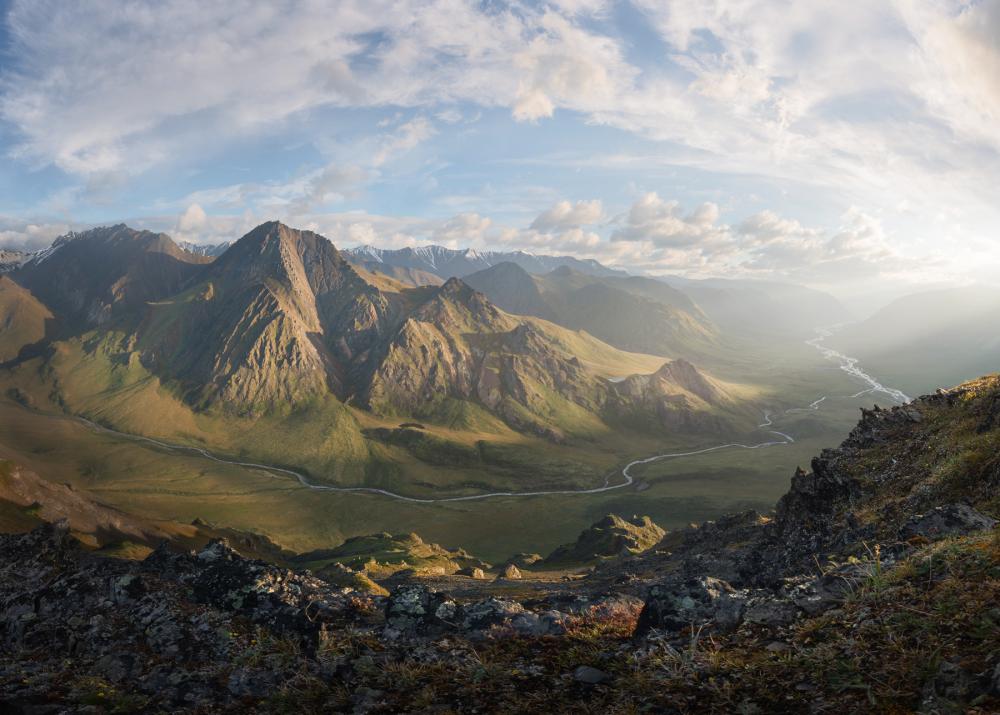
Arctic National Wildlife Refuge, Alaska
Mason Cummings, TWS
4. Mining interests make a play for cherished public lands
Beginning early this year, companies were allowed to begin staking mining claims on land Trump unlawfully cut from Utah's Bears Ears and Grand Staircase-Escalante national monuments. That precedent-shattering moment highlighted a larger campaign by mining interests to gain access to precious wildlands previously thought untouchable. In one of the most troubling examples of this trend, the Trump administration opened the door to potentially toxic sulfide-ore copper mining activity near Minnesota’s Boundary Waters Canoe Area, one of our country’s most frequently visited wilderness areas. The Grand Canyon watershed is similarly at risk; though the Supreme Court recently upheld a ban on uranium mining in that landscape, it could still be a target, posing dire risks wildlife and the local Havasupai tribe.
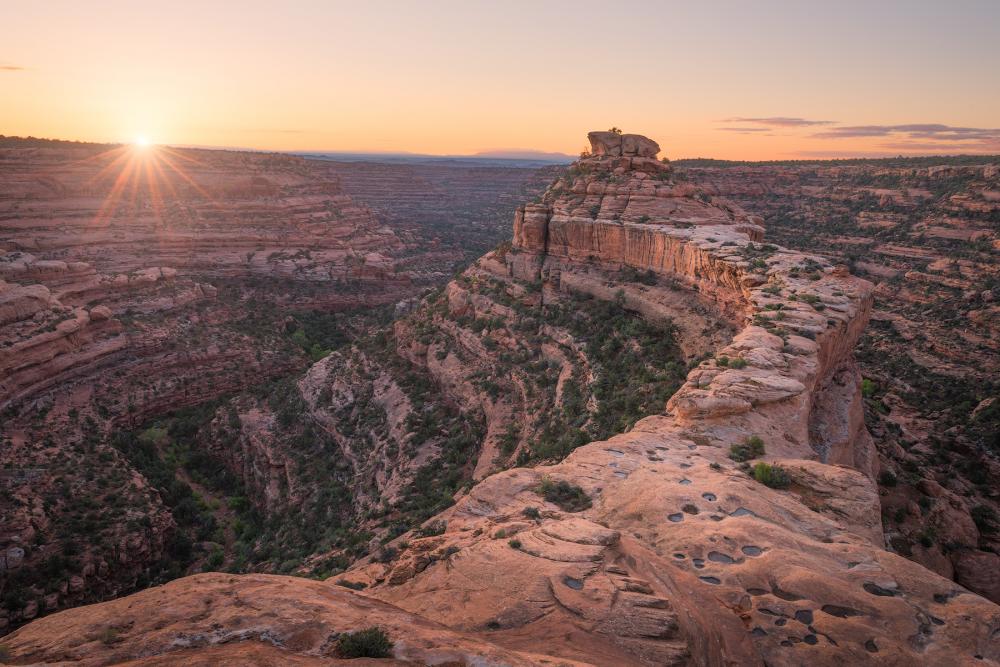
Bears Ears National Monument, UT
Mason Cummings, The Wilderness Society
5. Fighting to save our most important conservation program
Though it didn’t grab national headlines, one of the biggest conservation stories of 2018 was the fight to save the Land and Water Conservation Fund, or LWCF, a program that protects and improves parks ranging from Grand Teton National Park to the local soccer field. LWCF has been used to protect landscapes in all 50 states and for more than 41,000 state and local projects, all at no cost to taxpayers. Despite its popularity and glowing track record, it expired in September of this year, and we have been working with lawmakers and partners to try and revive it ever since. Fortunately, LWCF has supporters on both sides of the political aisle, and we look forward to working with them to revive the program permanently—and with full funding--in the next Congress.
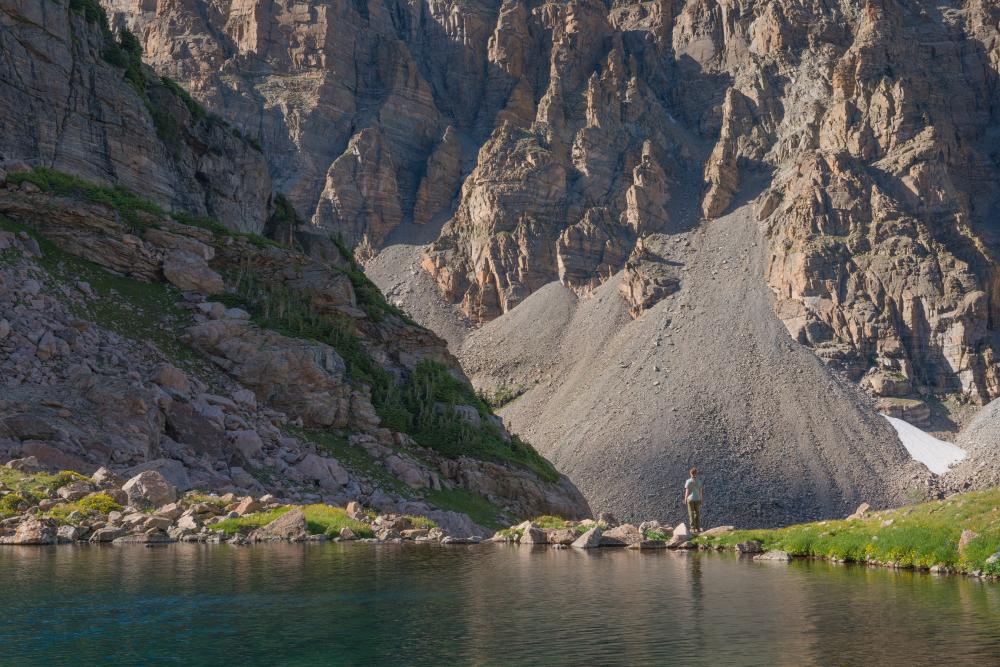
Indian Peaks Wilderness, CO
Mason Cummings, The Wilderness Soceity
6. Logging and development looms over America’s wild “roadless” forests
In 2018, the state of Alaska officially asked the Trump administration to open up millions of acres of old-growth forest to logging and development by cutting holes in the Roadless Rule. This important Forest Service rule protects the nation’s wildest forests from industrial development. One month after that request, the state of Utah similarly moved to decrease protections on national forest lands. These new attacks threaten to set a precedent that severely undermines critical conservation rules. We spent the year advocating for America’s wildest old-growth forests and against a suite of forest-by-forest or state-by-state exemptions that would leave them vulnerable. That fight will continue into the new year, with the Forest Service set to consider a number of potentially devastating policy changes.
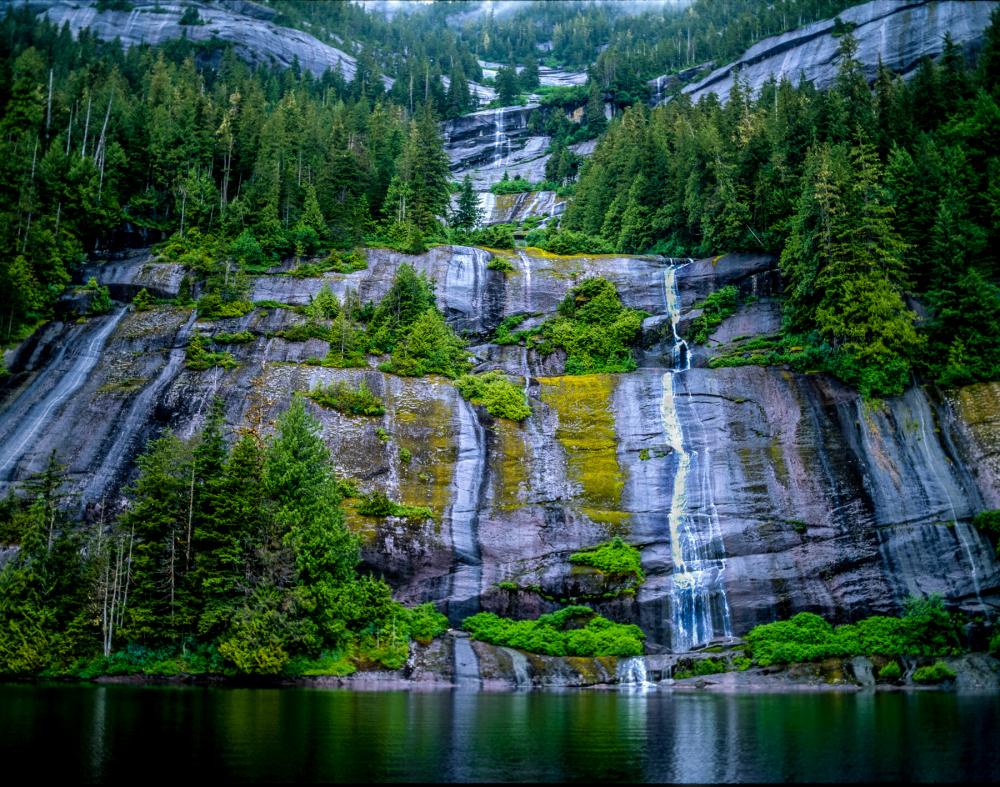
Tongass National Forest, Alaska
Howie Garber
7. Climate change threats come into sharper focus
In the waning weeks of the year, the federal government released multiple reports showing just how serious a problem man-made climate change is. Underscoring the political challenges that face us as we try to address this dire, generation-defining threat, the Trump administration continued deny, even when faced with data from within its own government (the president himself has said he simply doesn’t “believe” the science). But believe it or not, experts now say we’ve only got about 12 years left to cut greenhouse gas emissions enough to stay below key temperature thresholds and avoid the worst consequences. A big part of meeting those goals will be reducing emissions from energy production on America’s public lands; If our public lands were their own country, it would rank 5th in the world in greenhouse gas emissions. As we documented throughout this year, the Trump administration is taking us in the opposite direction on that front, including by blocking national efforts to control methane pollution from natural gas projects and forcing states to bear the burden instead. With new blood in Washington, DC, in 2019, we’ll be redoubling our efforts to build a more sustainable energy future.
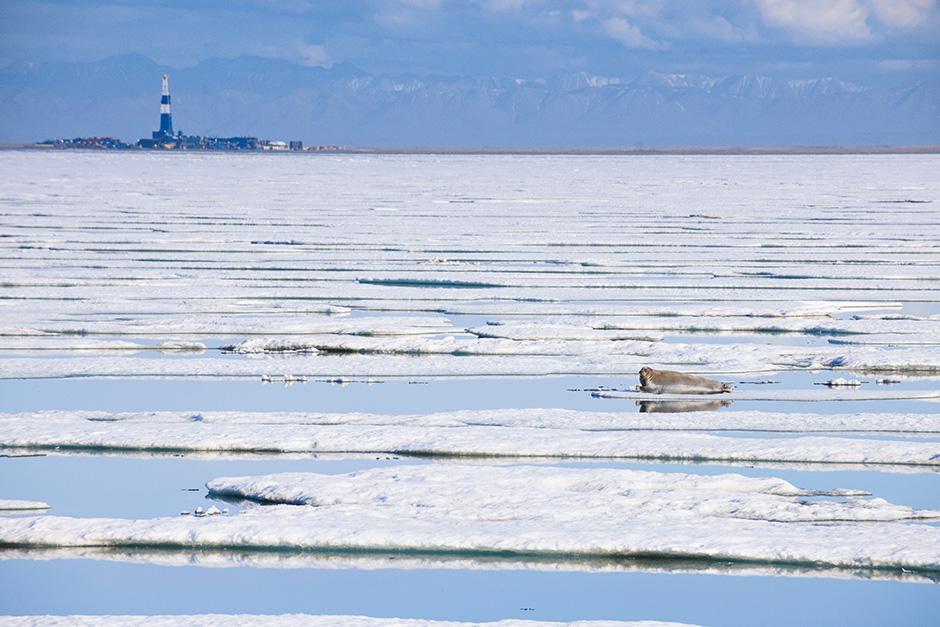
Florian Schulz
8. Backlash to Trump/Zinke public lands policies
Even before the midterm elections, Americans pushed back forcefully on the Trump administration’s anti-conservation agenda. The most prominent and successful examples concerned access to the parks and other places we love: public outrage forced the Interior Department to extend the "Every Kid in a Park" program, which gives fourth graders and their families free access to national parks and other public lands, only days after it was reported Secretary Zinke wanted to end it; and Zinke was similarly forced to take a step back from drastic national park entrance fee hikes. In some of the big, ongoing battles, Americans were no less vocal: Hundreds of thousands submitted comments opposing the Trump administration’s destructive management plans for Bears Ears and Grand Staircase-Escalante national monuments, and tens of thousands weighed in on the state of Alaska’s request to weaken protections for wild “roadless” forests. We’re still fighting those battles, but with countless impassioned wilderness-lovers on our side, we’re confident we’ll win in the long run.
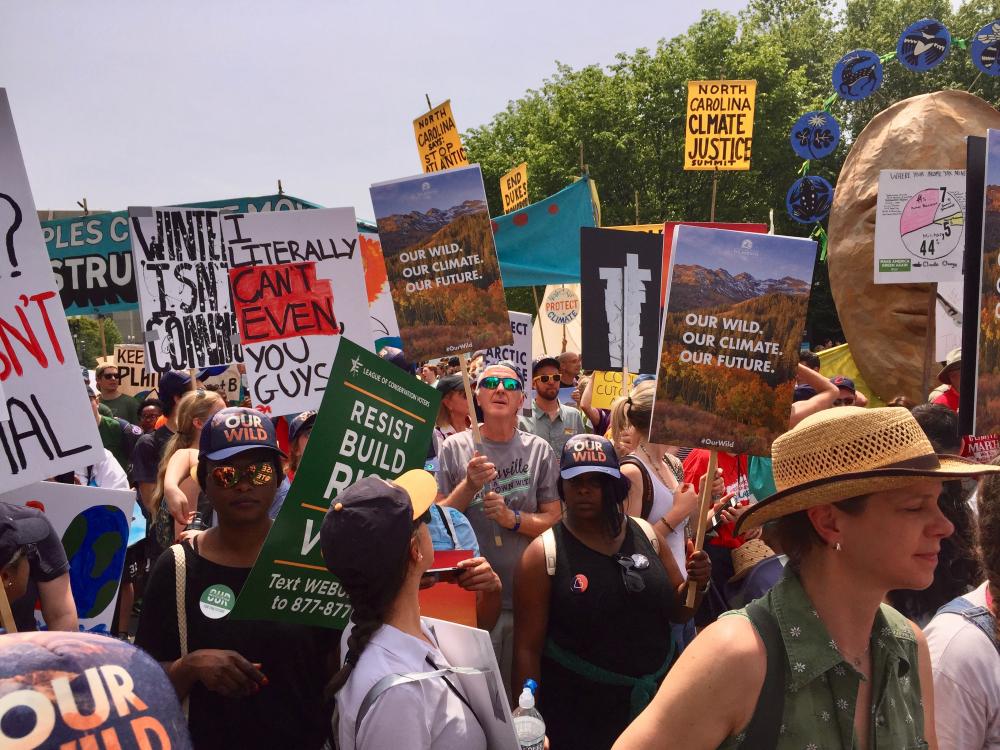
Marching for the climate in Washington, DC
Jonathan Meyers, The Wilderness Society
